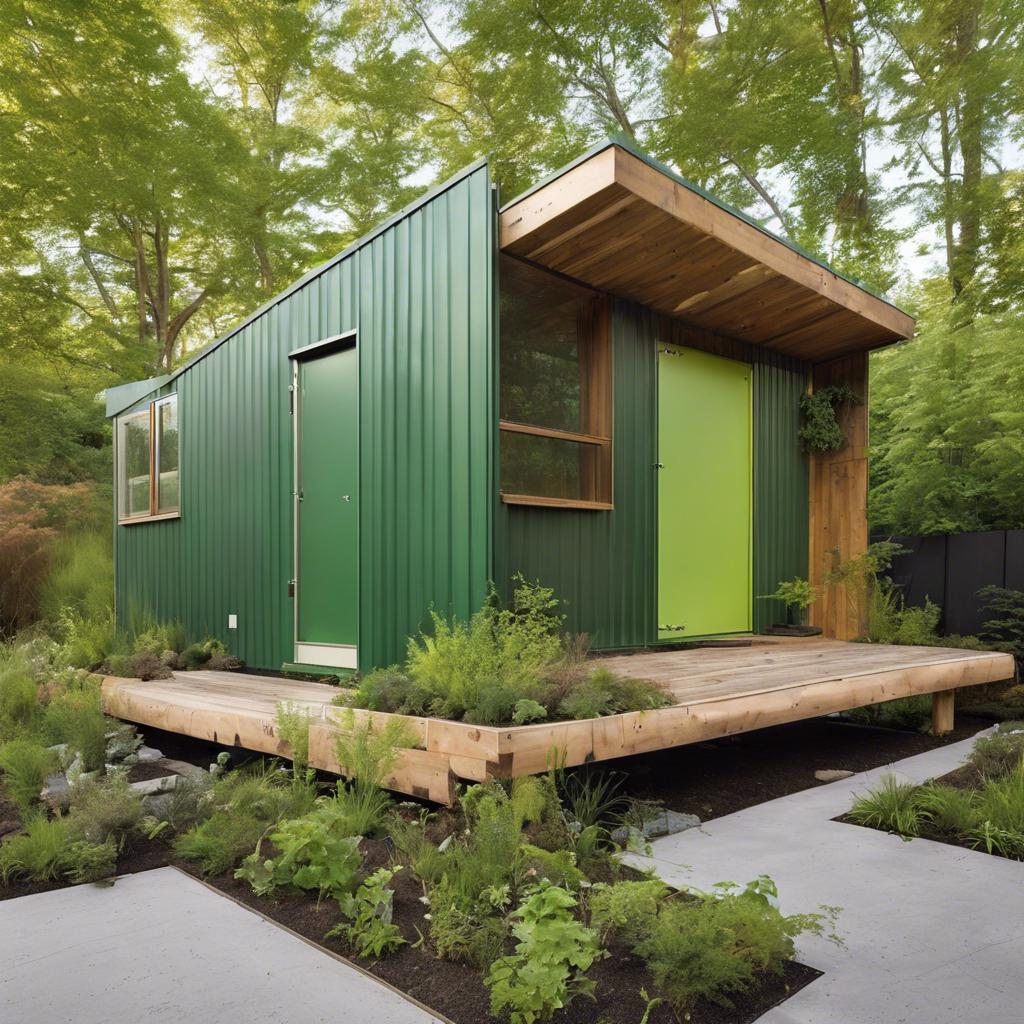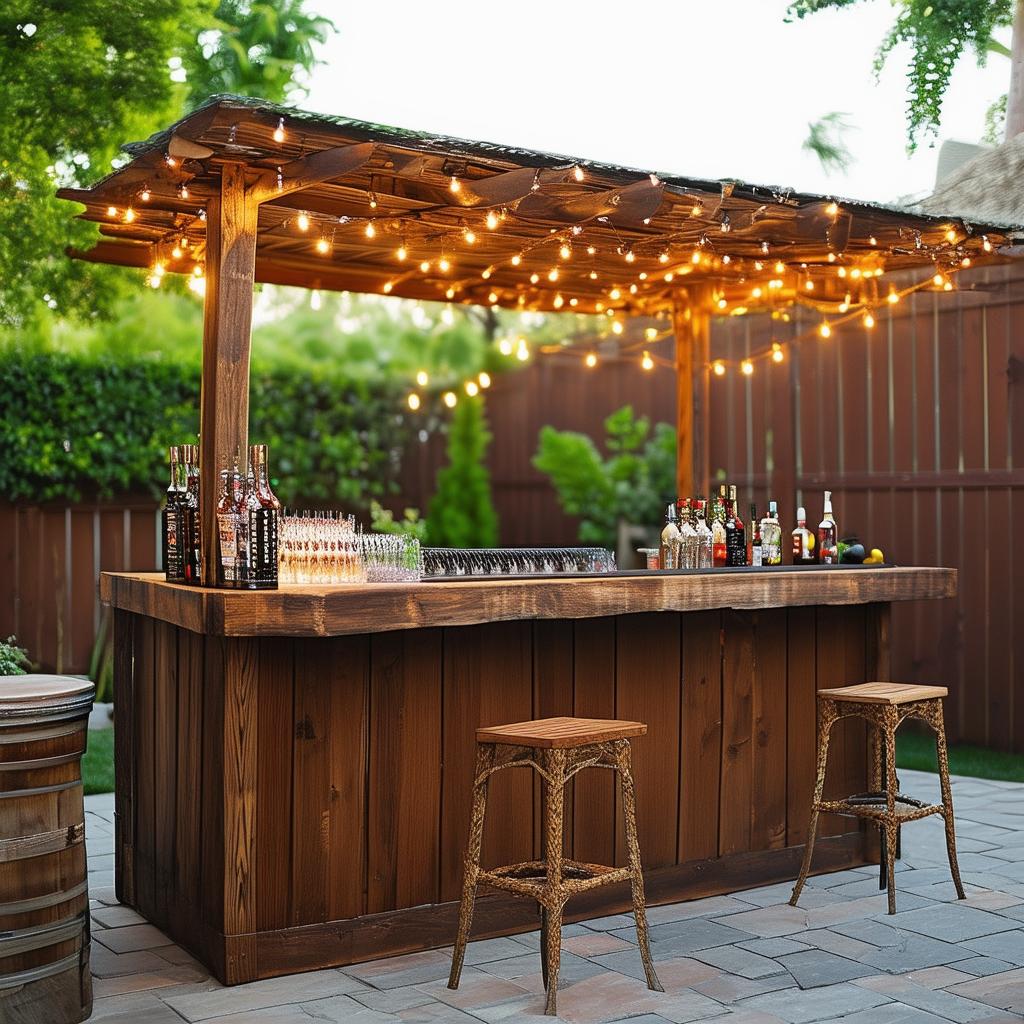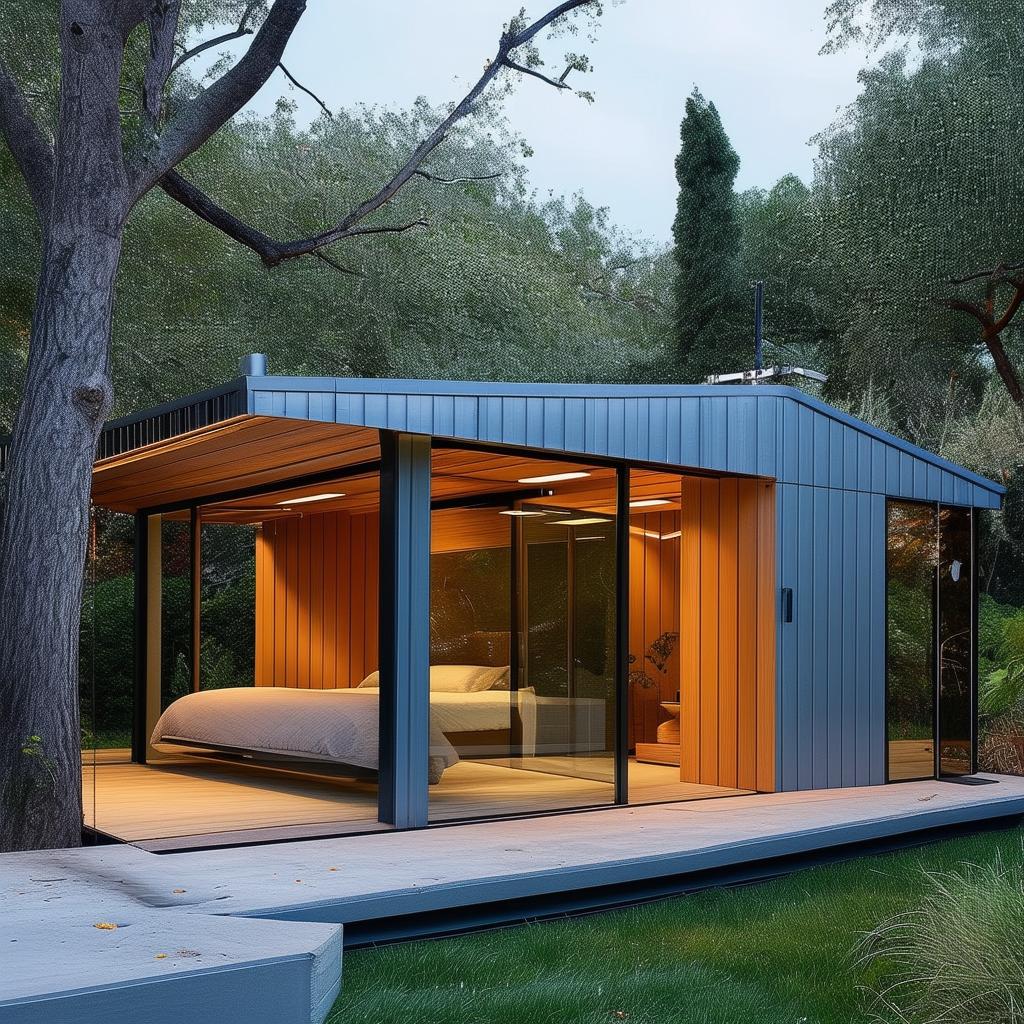In a world where sustainability is at the forefront of our minds, embracing sustainable practices has become more important than ever. One of the most captivating ways to incorporate sustainability into your living space is through the installation of a green-roofed shed. These eco-friendly structures not only add a touch of contemporary charm to any property, but also offer a myriad of environmental benefits. Join us as we explore the beauty and practicality of envisioning sustainability with a green-roofed shed.
Table of Contents
- Introduction
- Benefits of Green Roofs on Sheds
- Design Elements for Sustainability
- Eco-Friendly Materials for Roofing
- Importance of Proper Drainage Systems
- Maximizing Energy Efficiency in Shed Design
- Enhancing Biodiversity with Green Roofs
- Cost-Effective Maintenance Strategies
- Community Impact of Green-Roofed Sheds
- Future Trends in Sustainable Shed Design
- Q&A
Introduction
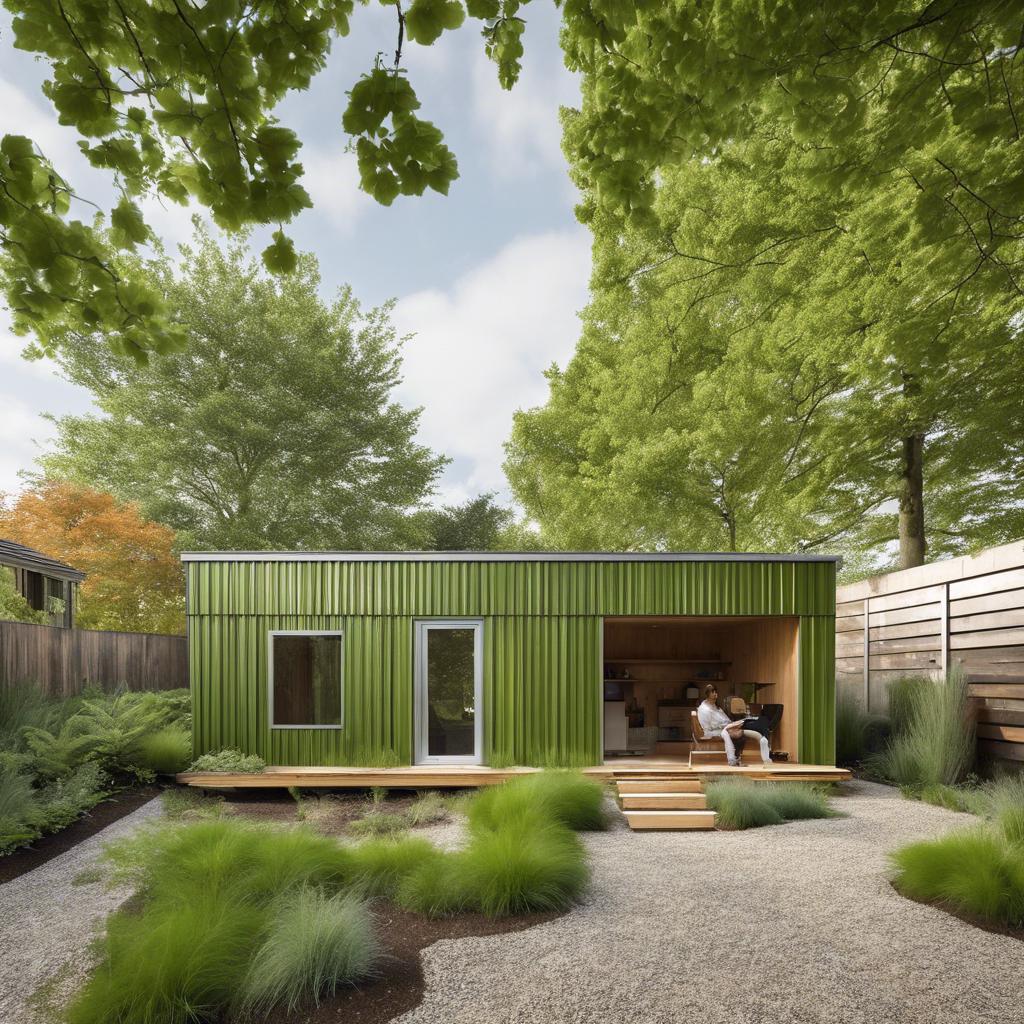
As we continue to strive for a more sustainable future, the trend of incorporating green roofs into our buildings has gained significant traction. This eco-friendly practice not only adds a touch of natural beauty to urban landscapes but also offers a range of environmental benefits. From reducing energy consumption to improving air quality, green roofs are a versatile solution to combat the challenges of climate change.
Imagine a quaint shed nestled in a lush garden, its roof adorned with vibrant foliage and blooming flowers. This picturesque scene embodies the essence of sustainability and showcases the harmonious relationship between architecture and nature. The concept of a green-roofed shed goes beyond mere aesthetics; it symbolizes a commitment to preserving our planet for future generations.
By embracing the principles of green building design, we can create spaces that not only serve our practical needs but also contribute to the well-being of our environment. The contemporary charm of a green-roofed shed lies in its ability to blend seamlessly into its surroundings while making a positive impact on the ecosystem. It is a testament to our dedication to building a greener, more sustainable world.
Benefits of Green Roofs on Sheds
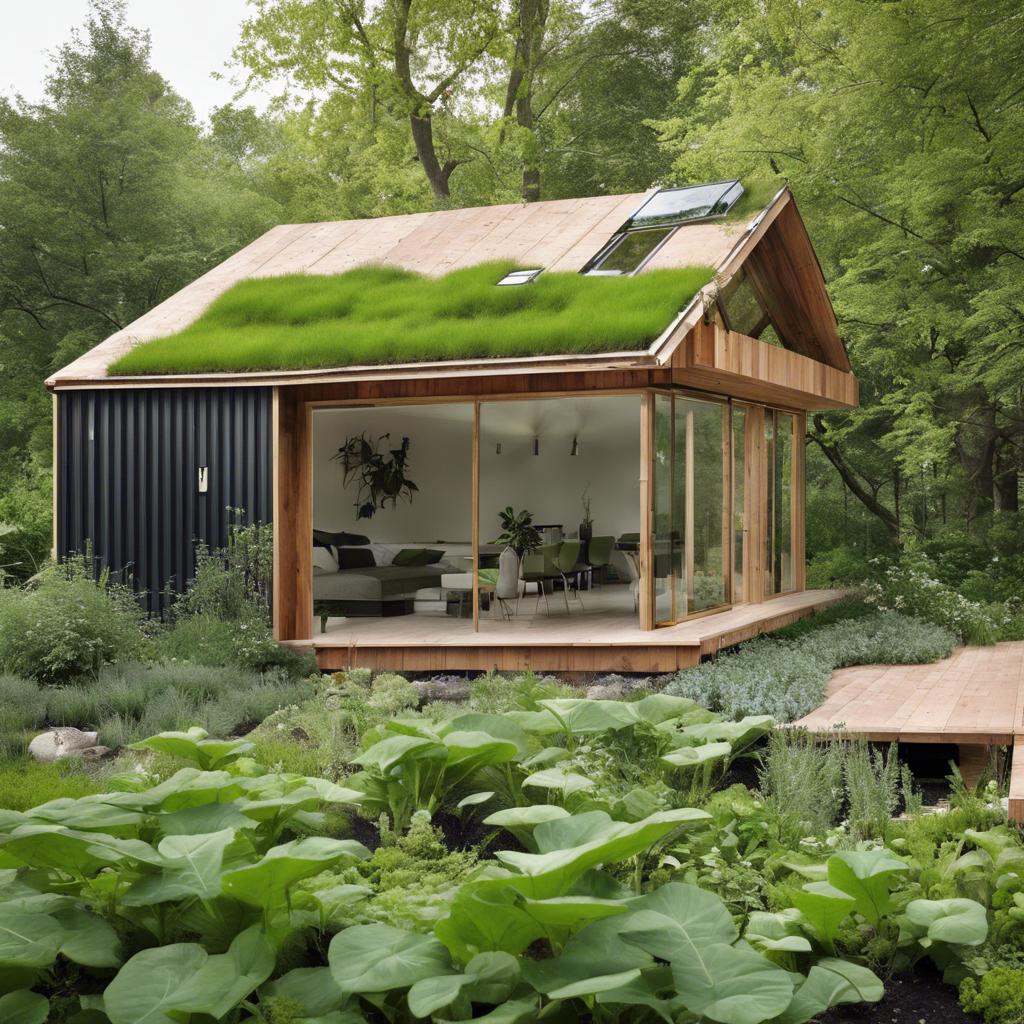
Green roofs on sheds are not only aesthetically pleasing but also offer a myriad of benefits that contribute to sustainability. By incorporating greenery on the roof of a shed, you can create a harmonious blend of nature and architecture that enhances the visual appeal of your outdoor space.
One of the main is their ability to improve energy efficiency. The vegetation helps insulate the building, reducing the need for heating and cooling, thus lowering energy costs. Additionally, the plants on the roof absorb sunlight, reducing heat absorption and minimizing the urban heat island effect.
Moreover, green roofs on sheds provide habitat for birds, insects, and other wildlife, promoting biodiversity in urban areas. In addition, they help reduce stormwater runoff by absorbing rainwater and releasing it slowly, thus reducing the risk of flooding. Embracing the concept of green roofs on sheds is a step towards sustainable living and environmental stewardship.
Design Elements for Sustainability

Innovative design elements are revolutionizing the way we think about sustainability in architecture. One prime example of this cutting-edge approach is the green-roofed shed, a contemporary and eco-friendly solution that embodies both style and environmental stewardship.
By incorporating a green roof into the design of a shed, architects are able to seamlessly blend nature and modernity. The lush vegetation not only adds visual appeal, but also provides a range of practical benefits. From improving air quality and reducing urban heat island effect to enhancing insulation and promoting biodiversity, the green roof serves as a multifunctional element that contributes to a more sustainable built environment.
Imagine a serene oasis atop a humble shed, where plants dance in the breeze and rainwater is harvested for irrigation. The juxtaposition of industrial materials with natural beauty creates a striking aesthetic that challenges traditional notions of architecture. With a green-roofed shed, sustainability becomes more than a concept – it becomes a living, breathing testament to our commitment to a greener future.
Eco-Friendly Materials for Roofing
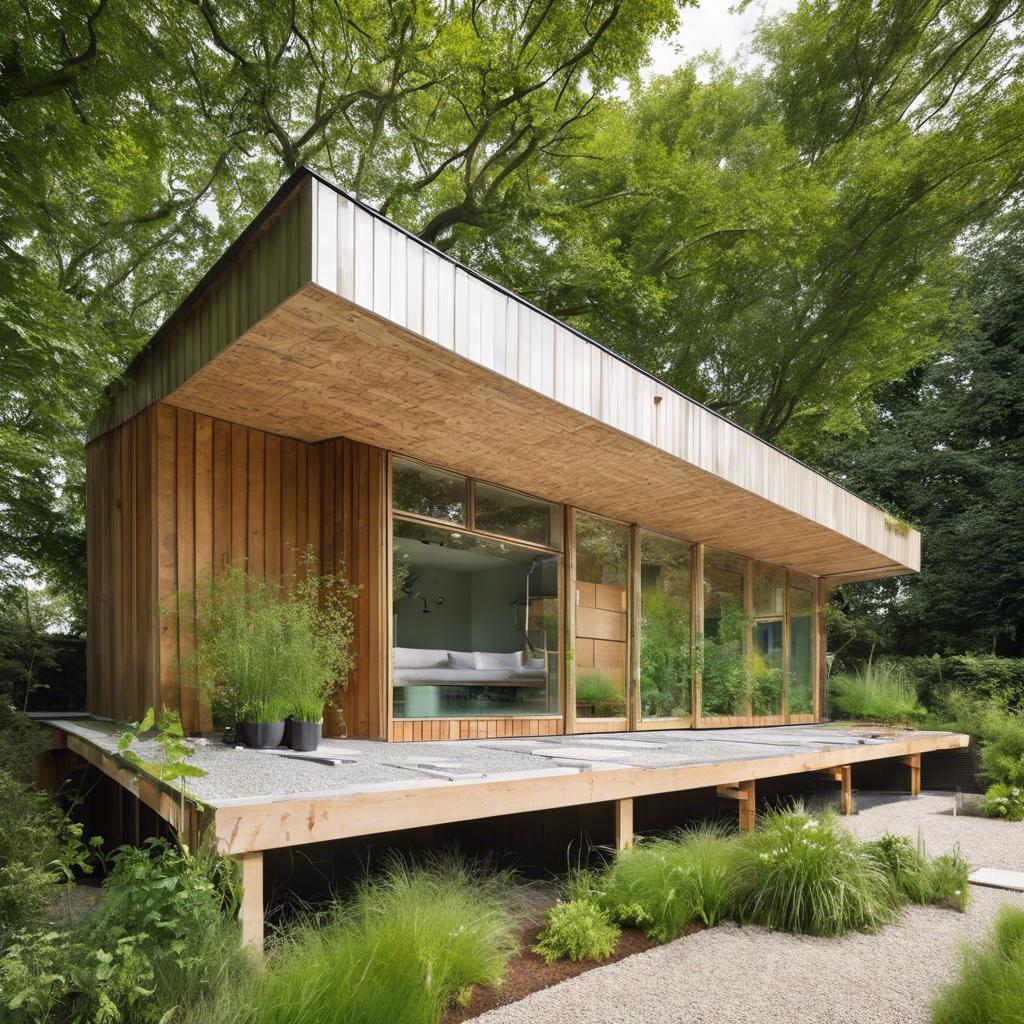
When it comes to creating a sustainable and eco-friendly structure, the choice of roofing materials plays a crucial role. One of the most innovative and contemporary options gaining popularity in the construction industry is the use of green roofs. These roofs not only provide a visually appealing aesthetic but also offer numerous environmental benefits.
Green roofs are typically constructed with a layer of vegetation planted on top of a waterproof membrane. This not only helps to insulate the building, reducing energy costs, but also significantly reduces stormwater runoff and improves air quality. Additionally, green roofs can provide habitat for wildlife and contribute to urban biodiversity.
Choosing , such as green roofs, is a sustainable choice that can make a positive impact on the environment. By incorporating these innovative solutions into our building designs, we can create a more sustainable future for generations to come.
Importance of Proper Drainage Systems
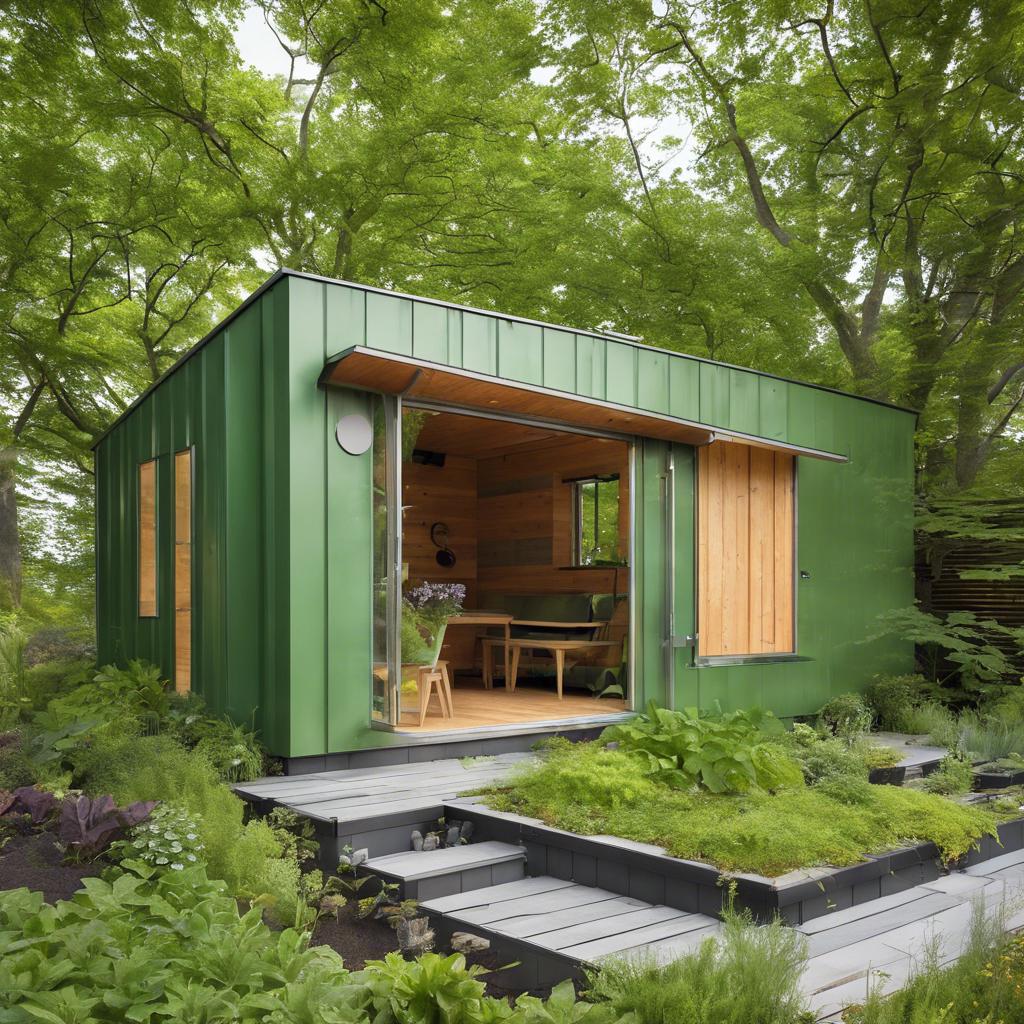
One of the key elements of a sustainable and eco-friendly building is the implementation of proper drainage systems. By efficiently managing rainwater runoff, a building can reduce its impact on the environment and enhance its overall sustainability. This is especially crucial in urban areas where paved surfaces prevent natural drainage and lead to issues such as flooding and water pollution.
When it comes to envisioning sustainability in building design, incorporating green roofs can be a game-changer. Green roofs not only provide effective stormwater management by capturing and filtering rainwater, but they also offer a range of environmental benefits. From reducing energy consumption and improving air quality to enhancing biodiversity and creating green spaces for occupants to enjoy, green roofs are a versatile solution for modern buildings.
| Benefits of Proper Drainage Systems: |
| – Prevents flooding |
| – Reduces water pollution |
| – Enhances sustainability |
Proper drainage systems play a vital role in ensuring the longevity and functionality of a building, while also contributing to a healthier and more sustainable environment.
Maximizing Energy Efficiency in Shed Design
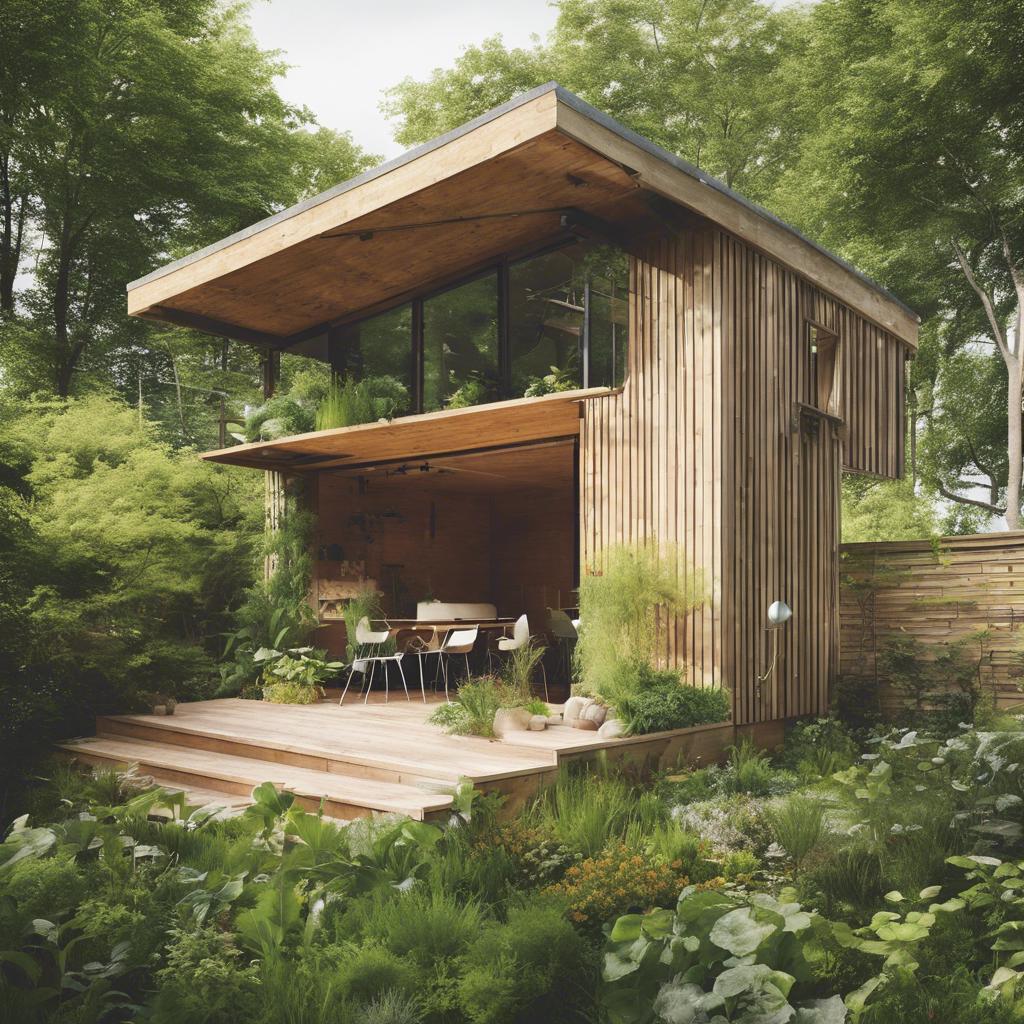
When it comes to , incorporating a green roof can be a game-changer. Not only does a green roof provide insulation, reducing the need for heating and cooling, but it also helps to improve air quality and reduce stormwater runoff. By incorporating native plants and grasses on the roof, you can create a beautiful and sustainable addition to your shed that blends seamlessly with the surrounding landscape.
One key advantage of a green roof is its ability to absorb and retain rainwater, reducing the strain on drainage systems and minimizing the risk of flooding. This not only benefits the environment but also helps to protect the structural integrity of your shed by reducing the potential for water damage. Additionally, the added layer of vegetation provides natural habitat for birds, insects, and other wildlife, fostering biodiversity in your backyard.
With advancements in green roof technology, it is now easier than ever to incorporate this eco-friendly feature into your shed design. Whether you opt for a lightweight modular system or a more traditional built-up green roof, the benefits are clear. By harnessing the power of nature to enhance energy efficiency and sustainability, you can create a contemporary and charming shed that not only looks great but also helps to reduce your carbon footprint.
Enhancing Biodiversity with Green Roofs
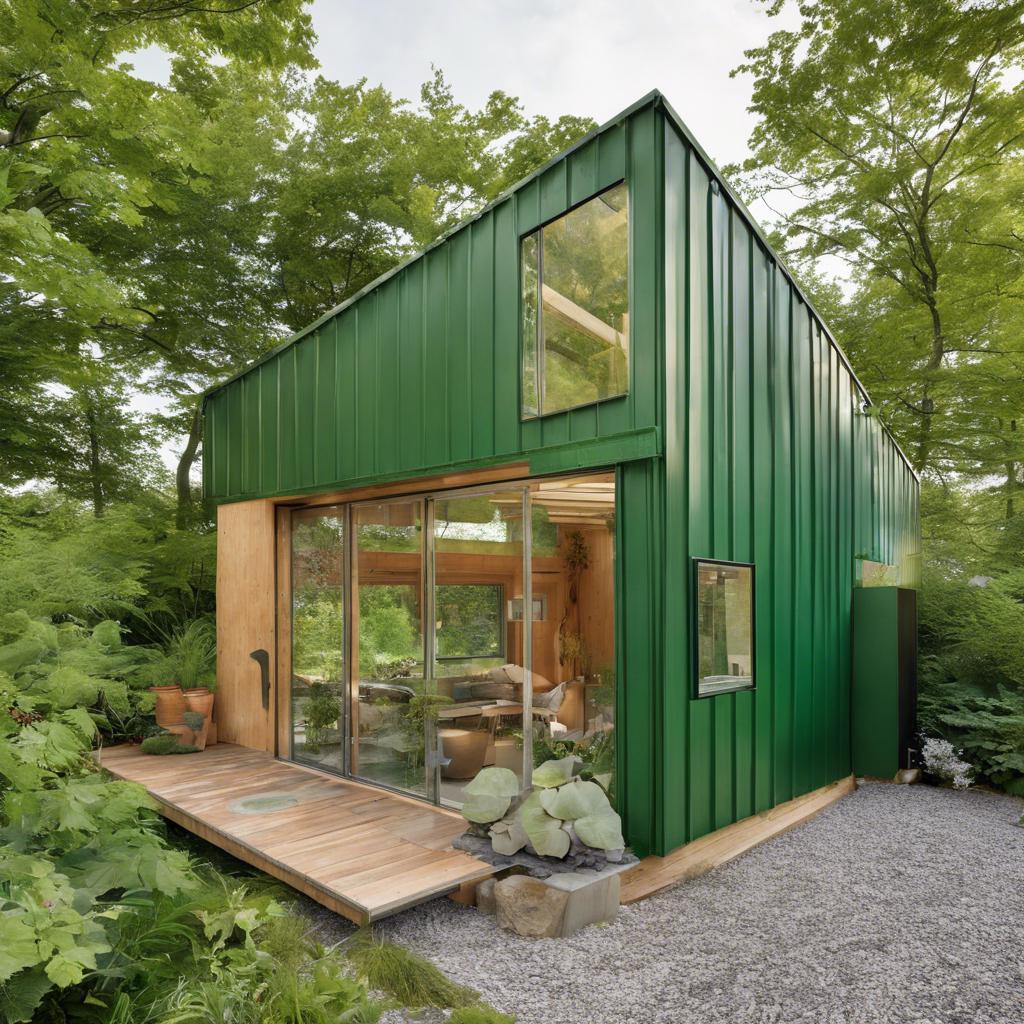
Imagine a world where every building is adorned with lush greenery, providing habitats for birds, insects, and other forms of wildlife. This vision is not far-fetched with the rise of green roofs, which are transforming urban landscapes into vibrant ecosystems. By incorporating vegetation on rooftops, we can enhance biodiversity in our cities and create sustainable environments that benefit both people and the planet.
Green roofs offer a multitude of benefits beyond just their aesthetic appeal. They help to reduce urban heat island effects, improve air quality, and conserve energy by insulating buildings. In addition, green roofs provide valuable green space in densely populated areas, giving residents a place to relax and connect with nature. With the increasing awareness of climate change and the need for sustainable solutions, green roofs are becoming a popular choice for architects, designers, and homeowners alike.
Green roofs are not just a trend – they are a critical component of creating resilient and sustainable cities for the future.
Whether it’s a small shed in a backyard or a towering skyscraper in a bustling metropolis, green roofs can be incorporated into any building design. With a variety of plants, including sedums, grasses, and wildflowers, green roofs can thrive in different climates and conditions. By embracing green roofing technologies, we can pave the way for a greener, more sustainable future that prioritizes biodiversity and environmental conservation.
Cost-Effective Maintenance Strategies
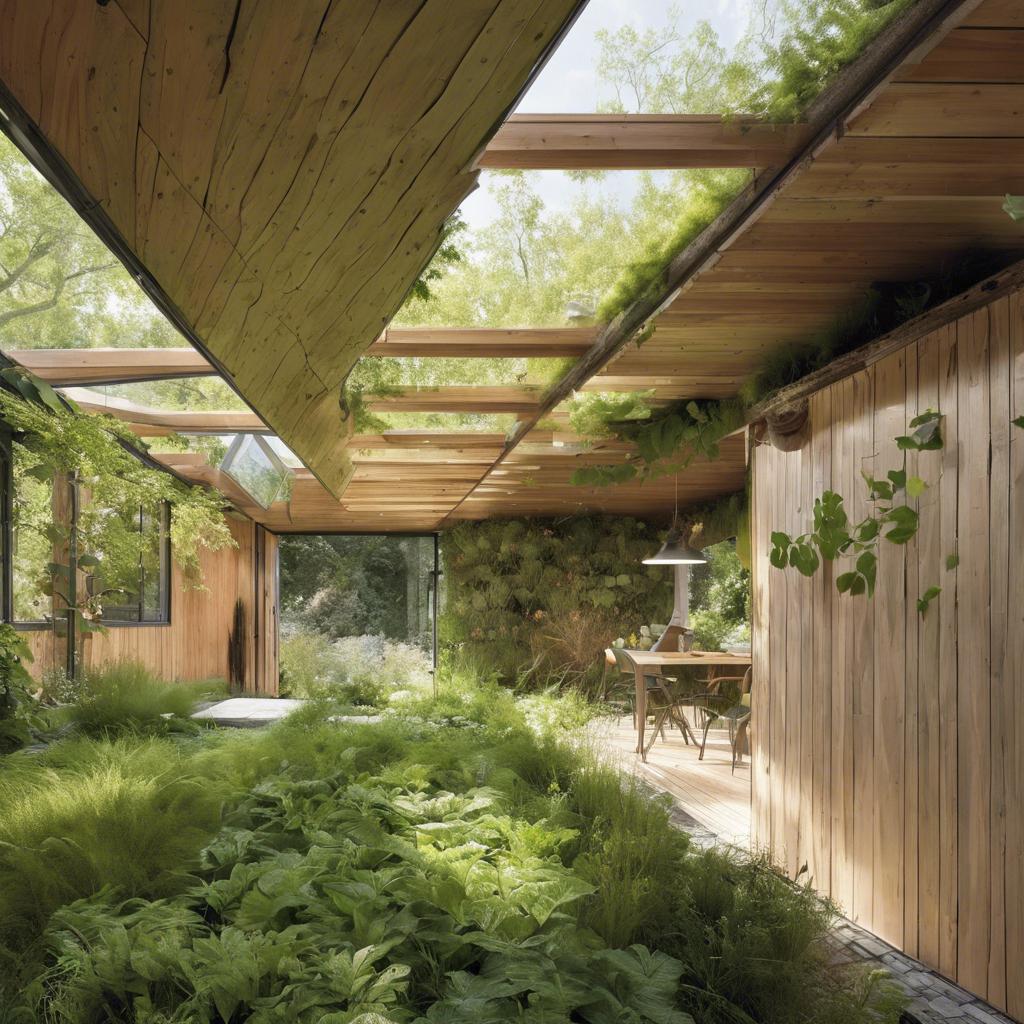
When it comes to maintaining an eco-friendly shed, one of the most cost-effective strategies is to opt for a green roof. Green roofs not only provide a beautiful aesthetic but also offer a myriad of benefits for both the environment and the shed itself. By incorporating a green roof, you can reduce energy costs, improve air quality, and create a habitat for local wildlife.
One of the key advantages of a green roof is its ability to regulate temperature. The layer of vegetation acts as natural insulation, keeping the shed cool in the summer and warm in the winter. This can result in significant savings on heating and cooling costs over time. Additionally, green roofs absorb rainwater, reducing runoff and helping to prevent flooding in urban areas.
Investing in a green roof is not only a sustainable choice but also a stylish one. Imagine a lush garden oasis atop your shed, complete with flowering plants, herbs, and even small trees. Not only will it enhance the beauty of your property, but it will also contribute to a healthier environment for you and your community. Embrace the contemporary charm of a green-roofed shed and reap the benefits for years to come.
Community Impact of Green-Roofed Sheds
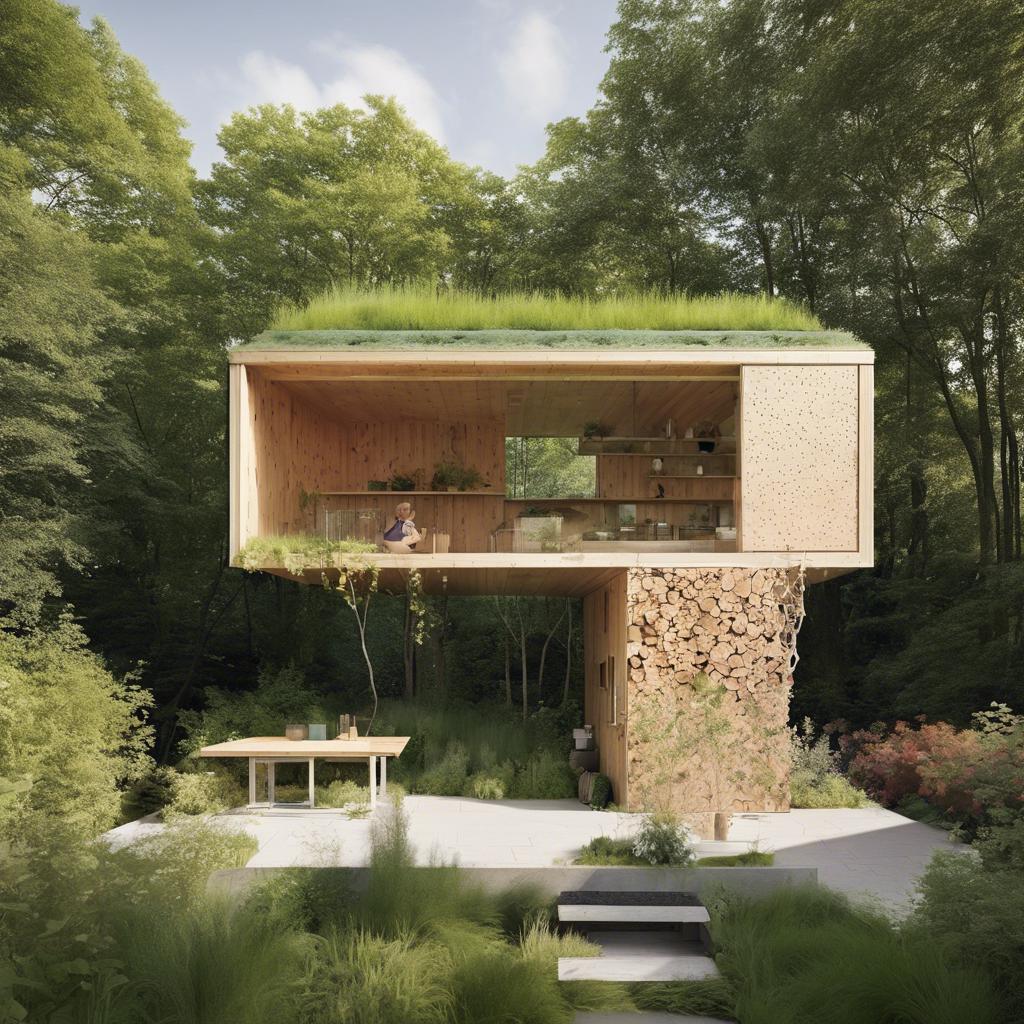
In today’s fast-paced world, the concept of sustainability is becoming increasingly important. One innovative way to incorporate sustainability into our communities is through the use of green-roofed sheds. These eco-friendly structures not only provide practical storage solutions but also have a positive impact on the environment.
When envisioning the , several key benefits come to mind. Some of these include:
-
- Improved air quality
-
- Reduction of urban heat island effect
-
- Enhanced biodiversity
Furthermore, green-roofed sheds add a touch of contemporary charm to any neighborhood. Imagine walking through a residential area and coming across a beautifully landscaped shed with a lush green roof. It not only serves a functional purpose but also serves as a visual reminder of the importance of sustainability in our everyday lives. As we continue to strive for a greener future, green-roofed sheds can play a crucial role in creating a more eco-conscious community.
Future Trends in Sustainable Shed Design
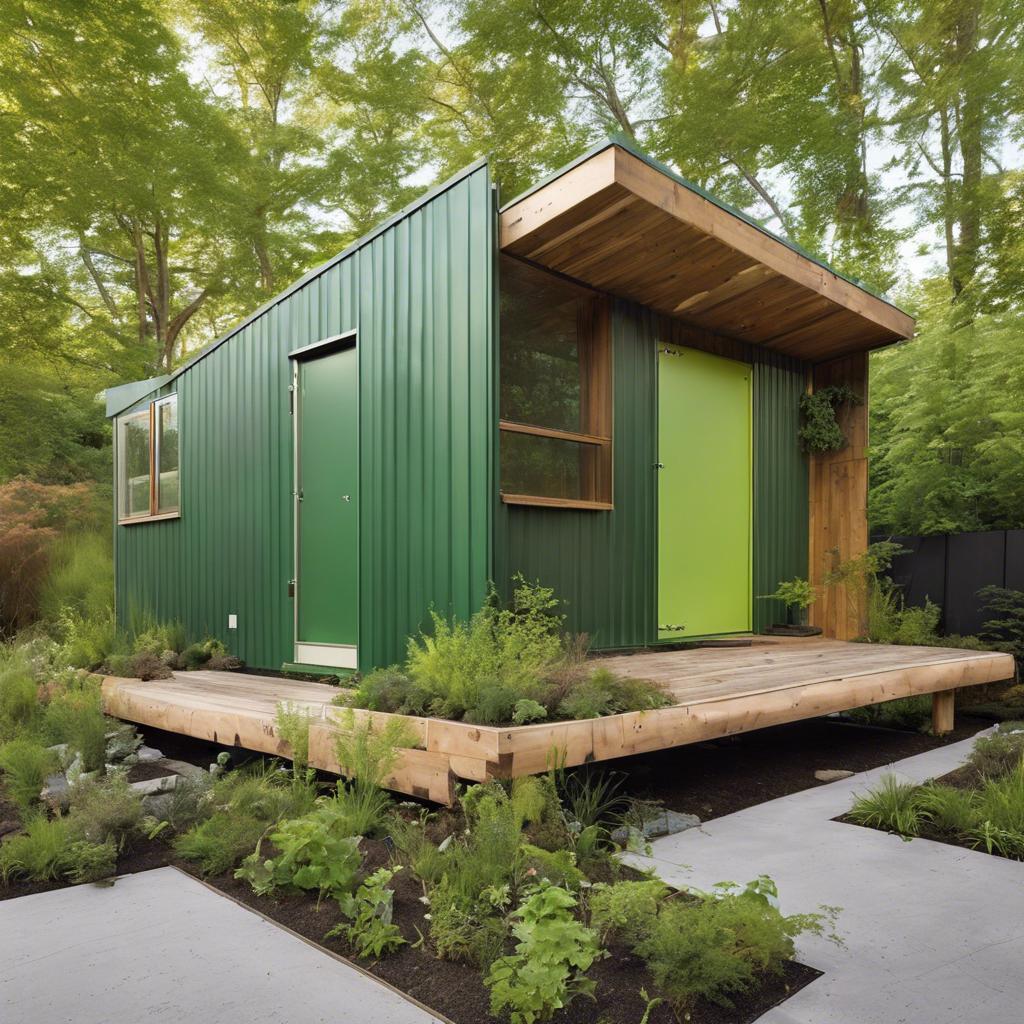
In the realm of sustainable shed design, one of the most captivating trends that is gaining momentum is the incorporation of green roofs. These living roofs not only add a touch of natural beauty to the shed, but also provide numerous environmental benefits. By trapping carbon dioxide, reducing energy consumption, and improving air quality, green roofs are a perfect example of how innovative design can contribute to a healthier planet.
Another exciting trend in sustainable shed design is the use of reclaimed materials. From salvaged wood to repurposed metal, incorporating recycled materials into shed construction not only reduces waste but also adds a unique charm to the structure. Embracing the beauty of imperfections and the history behind each piece of reclaimed material can result in a shed design that is not only eco-friendly but also visually stunning.
Looking towards the future, the integration of smart technology into shed design is a trend that is on the rise. From solar panels and rainwater harvesting systems to automated climate control and energy-efficient lighting, incorporating smart technology into shed design can significantly reduce the environmental impact of the structure. By marrying sustainability with cutting-edge technology, the sheds of tomorrow can truly revolutionize the way we think about eco-friendly design.
Q&A
Q: What is a green-roofed shed and why is it gaining popularity?
A: A green-roofed shed is a shed topped with vegetation, serving as an eco-friendly and visually appealing structure. Its popularity is growing as more people seek sustainable and aesthetically pleasing solutions for outdoor spaces.
Q: How does a green-roofed shed benefit the environment?
A: A green-roofed shed helps reduce stormwater runoff, provides insulation to lower energy costs, and creates habitats for local wildlife. It also contributes to air purification and reduces the urban heat island effect.
Q: What design considerations should be taken into account when envisioning a green-roofed shed?
A: When designing a green-roofed shed, factors such as roof slope, weight capacity, plant selection, and irrigation system must be carefully considered to ensure the longevity and functionality of the structure.
Q: How can a green-roofed shed enhance the overall charm of a property?
A: A green-roofed shed adds a unique touch to a property, blending seamlessly with the natural surroundings and creating a tranquil, green oasis. Its presence can enhance the overall aesthetics and value of a property.
Q: Are there any maintenance requirements for a green-roofed shed?
A: Regular maintenance, such as watering, fertilizing, weeding, and inspecting for pests, is necessary to ensure the health and longevity of the green roof. Additionally, periodic inspections of the shed structure itself are recommended.
